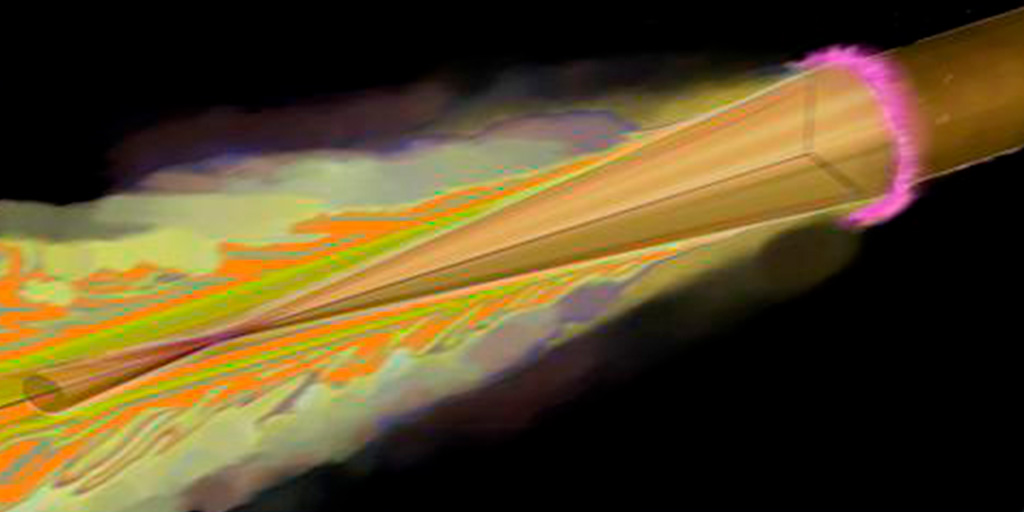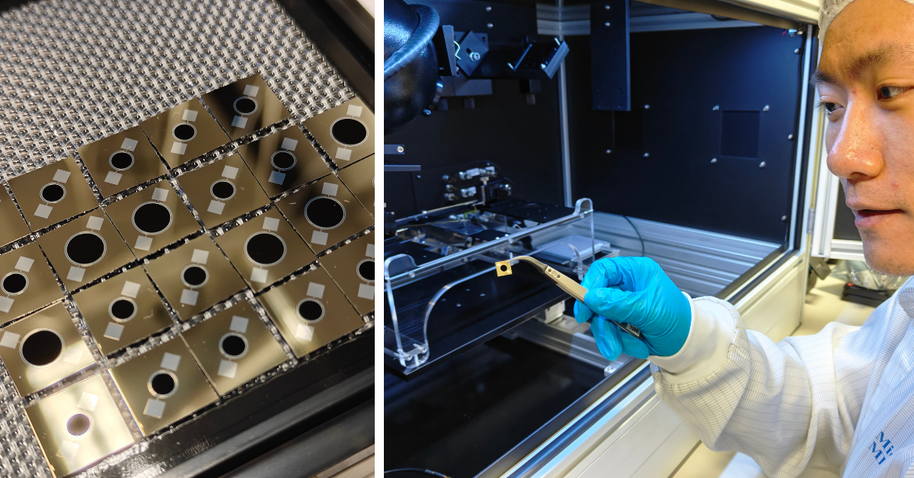At the High Energy Density Instrument (HED-HIBEF) a research team led by the Helmholtz-Zentrum Dresden-Rossendorf (HZDR) has succeeded in producing and observing an extreme state of matter with a relatively low-power but extremely fast laser pulse.
The new measurement method could be useful for astrophysics as well as for fusion research. “Our experiment impressively demonstrates how we can generate very high densities and temperatures in a wide variety of materials,” says Ulf Zastrau, who heads the HED group at European XFEL. “This will take fusion research an important step forward.”
The experiments are also of great importance for understanding the conditions inside stars or planets, where the pressure often reaches millions and millions of bars and temperatures can achieve several million degrees Celsius.

About European XFEL
The European XFEL is a 3.4 km long research facility extending from Hamburg to the neighbouring town of Schenefeld in the German Federal State of Schleswig-Holstein. With its repetition rate of 27,000 pulses per second and a peak brilliance a billion times higher than that of the best synchrotron X-ray radiation sources, the European XFEL enables the investigation of scientific problems in a variety of disciplines, including among many others: Structural Biology, Chemistry, Planetary Science, the study of matter under extreme conditions.
At the High Energy Density Instrument (HED-HIBEF) a research team led by the Helmholtz-Zentrum Dresden-Rossendorf (HZDR) has succeeded in producing and observing an extreme state of matter with a relatively low-power but extremely fast laser pulse. The new measurement method could be useful for astrophysics as well as for fusion research. “Our experiment impressively demonstrates how we […]



